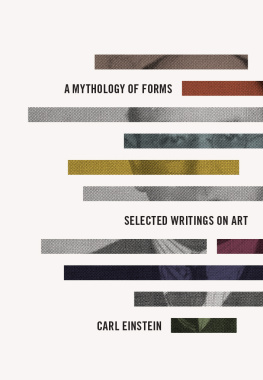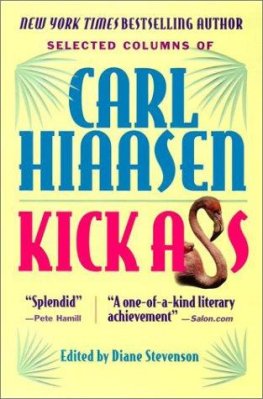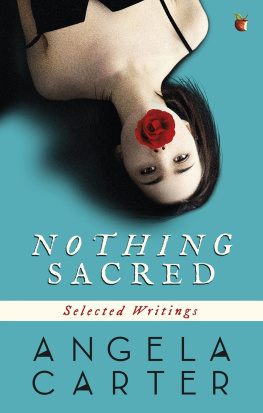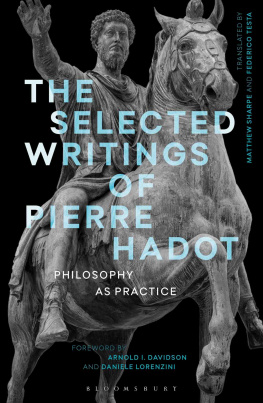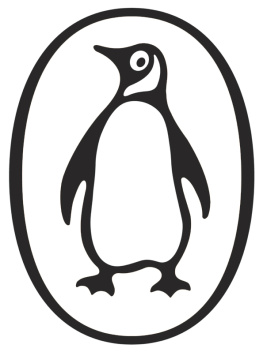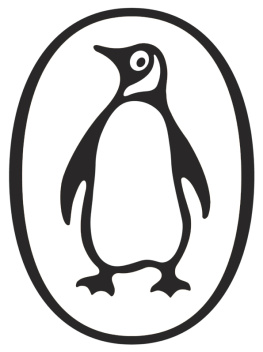Carl Einstein - Selected Writings on Art
Here you can read online Carl Einstein - Selected Writings on Art full text of the book (entire story) in english for free. Download pdf and epub, get meaning, cover and reviews about this ebook. year: 2019, publisher: University of Chicago Press, genre: Detective and thriller. Description of the work, (preface) as well as reviews are available. Best literature library LitArk.com created for fans of good reading and offers a wide selection of genres:
Romance novel
Science fiction
Adventure
Detective
Science
History
Home and family
Prose
Art
Politics
Computer
Non-fiction
Religion
Business
Children
Humor
Choose a favorite category and find really read worthwhile books. Enjoy immersion in the world of imagination, feel the emotions of the characters or learn something new for yourself, make an fascinating discovery.
- Book:Selected Writings on Art
- Author:
- Publisher:University of Chicago Press
- Genre:
- Year:2019
- Rating:4 / 5
- Favourites:Add to favourites
- Your mark:
- 80
- 1
- 2
- 3
- 4
- 5
Selected Writings on Art: summary, description and annotation
We offer to read an annotation, description, summary or preface (depends on what the author of the book "Selected Writings on Art" wrote himself). If you haven't found the necessary information about the book — write in the comments, we will try to find it.
Selected Writings on Art — read online for free the complete book (whole text) full work
Below is the text of the book, divided by pages. System saving the place of the last page read, allows you to conveniently read the book "Selected Writings on Art" online for free, without having to search again every time where you left off. Put a bookmark, and you can go to the page where you finished reading at any time.
Font size:
Interval:
Bookmark:
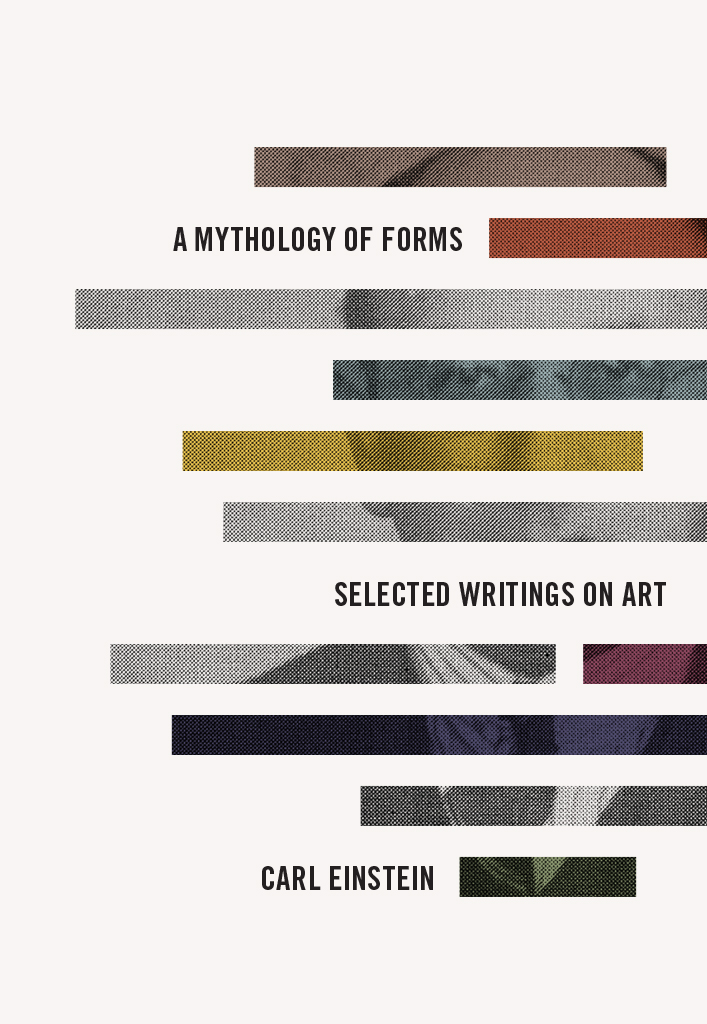


CARL EINSTEIN
Edited, translated, and introduced by Charles W. Haxthausen
The University of Chicago Press Chicago and London
The University of Chicago Press, Chicago 60637
The University of Chicago Press, Ltd., London
2019 by The University of Chicago
All rights reserved. No part of this book may be used or reproduced in any manner whatsoever without written permission, except in the case of brief quotations in critical articles and reviews. For more information, contact the University of Chicago Press, 1427 E. 60th St., Chicago, IL 60637.
Published 2019
Printed in the United States of America
28 27 26 25 24 23 22 21 20 19 1 2 3 4 5
ISBN-13: 978-0-226-46413-8 (cloth)
ISBN-13: 978-0-226-46427-5 (e-book)
DOI: https://doi.org/10.7208/chicago/9780226464275.001.0001
Library of Congress Cataloging-in-Publication Data
Names: Einstein, Carl, 18851940, author. | Haxthausen, Charles Werner, translator.
Title: A mythology of forms : selected writings on art / Carl Einstein, Charles W. Haxthausen.
Description: Chicago : University of Chicago Press, 2019. | Includes bibliographical references and index.
Identifiers: LCCN 2019021379 | ISBN 9780226464138 (cloth) | ISBN 9780226464275 (ebook)
Subjects: LCSH: Art criticism.
Classification: LCC N7445.2 .E3913 2019 | DDC 701/.18dc23
LC record available at https://lccn.loc.gov/2019021379
 This paper meets the requirements of ANSI / NISO Z39.48-1992 (Permanence of Paper).
This paper meets the requirements of ANSI / NISO Z39.48-1992 (Permanence of Paper).
To Linda
The truth is, we can do very well without art; what we cant live without is the myth about art. The mythmaker is successful because he knows that in art, as in life, we need the illusion of significance. He flatters this need.
Morton Feldman
BA 1 | Werke: Band 1, 19071918. Edited by Hermann Haarmann and Klaus Siebenhaar. Berliner Ausgabe. Berlin: Fannei & Walz, 1994. |
BA 2 | Werke: Band 2, 19191928. Edited by Hermann Haarmann and Klaus Siebenhaar. Berliner Ausgabe. Berlin: Fannei & Walz, 1996. |
BA 3 | Werke: Band 3, 19291940. Edited by Hermann Haarmann and Klaus Siebenhaar. Berliner Ausgabe. Berlin: Fannei & Walz, 1996. |
BA 4 | Werke: Band 4, Texte aus dem Nachla I. Edited by Hermann Haarmann and Klaus Siebenhaar. Berliner Ausgabe. Berlin: Fannei & Walz, 1992. |
CEA | Akademie der Knste Berlin, Carl-Einstein-Archiv. https://archiv.adk.de/bigobjekt/7062. |
EKC | Carl Einstein and Daniel-Henry Kahnweiler. Correspondance, 19211939. Edited and translated by Liliane Meffre. Marseille: A. Dimanche, 1993. |
EWP | Letters to Ewald Wasmuth and Sophia Kindsthaler, Ewald Wasmuth Papers, Deutsches Literatur-Archiv, Schiller Nationalmuseum, Marbach. |
FF | Die Fabrikation der Fiktionen. Edited by Sibylle Penkert, with essays by Penkert and Katrin Sello. Reinbek bei Hamburg: Rowohlt, 1973. |
GB | Georges Braque (1934). In BA 3, 251516. |
K1 | Die Kunst des 20. Jahrhunderts. Propylen-Kunstgeschichte 16. Berlin: Propylen-Verlag, 1926. |
K2 | Die Kunst des 20. Jahrhunderts. 2nd edition. Propylen-Kunstgeschichte 16. Berlin: Propylen-Verlag, 1928. |
K3 | Die Kunst des 20. Jahrhunderts. 3rd edition (1931). Edited with commentary by Uwe Fleckner and Thomas W. Gaehtgens. Berliner Ausgabe, vol. 5. Berlin: Fannei & Walz, 1996. |
LEK | Lettres de Carl Einstein Mose Kisling (19201924). Edited by Liliane Meffre. Les cahiers du MNAM, no. 62 (Winter 1997): 74123. |
Read in Petite Gironde Carl Einstein has committed suicide; first cut his vein in concentration camp, was saved, released, threw himself in Gave dOloronthe river running through Navarrenxwith a stone tied around his neck. Yesterday I was bathing in the Gave. Place not mentioned, but must be close by.... Saw him last in Caf des Deux Magots in Paris, about 1939; he had been a volunteer officer in Spain, came back already broken by defeat. Remember what sensation his first book on Negro sculpture created in Germany.
This brief passage by Arthur Koestler captures, in roughly reverse chronological sequence, the arc of Carl Einsteins lifefrom the publication of Negerplastik (Negro Sculpture) in 1915, which established him as a major art critic, to its denouement, his combat in the Spanish Civil War, his internment by the French following the German invasion, and his suicide on July 5, 1940. This life has been succinctly described as a life between art and politics. Einsteins tragedy is that he could never effectively join the two.
For most in the Anglophone world who have heard of Carl Einstein, he is known primarily for Negro Sculpture, a landmark in the European reception of African art and in the phenomenon of modern primitivism. But beyond that slender volume, and still mostly untranslated, is a rich corpus By far the greater part of Einsteins production as an authormeasured by the number of pages easily a good 80 percent of itis devoted to visual art, and these writings constitute one of the richest and most intellectually ambitious bodies of European art theory and criticism from the first half of the twentieth century. They include the three editions of his major opus, Die Kunst des 20. Jahrhunderts (The Art of the 20th Century; 1926, 1928, and 1931), a fiercely opinionated, stringently critical treatment of its subject; and Georges Braque (1934), which ranges far beyond the scope suggested by its monographic title and offers the most complete statement of Einsteins mature art theory.
What emerges from Einsteins collected writings is a poignant narrative: the protracted and ultimately failed struggle of a leftist intellectual to justify contemporary artto himself as much as to his readersas a transformative social practice. The foundation of his criticism was his belief that arts transformative power lay in its form. He passionately believed that a change in artistic form had the potential to change human visuality, and by changing human visuality to change human subjectivity and our construction of reality. Artworks were preliminary fragments, an early phase... of the real (BA 3, 220, 221).
Einsteins writing on art was rarely expressly politicalto characterize his life as a life between art and politics rightly suggests a distance, a tension between the two. This revolutionary utopia was to be defined by a collective politics that would emerge from a collective visuality.
Einstein was vague about how artistic form could generate specific social and political formsit is tempting to conclude that this very vagueness is what enabled him to sustain such a belief over so many years. When he finally did experience a collective politics, fighting alongside workers and peasants in an anarcho-syndicalist militia in the Spanish Civil War, art had no role in it. In a late interview Einstein dismissed arts relevance in such a time of crisis: To make art today is basically a pretext for avoiding danger, In the end he came to recognize arts limited power in the modern, secular world. Modernity, he wrote, strips art history of all meaning. On the whole what happens in art resembles a sport that has become meaningless. Older art has, if we are honest about it, lost all meaning for us. And the new art has been far outpaced by the social and political present (BA 4, 423).
Next pageFont size:
Interval:
Bookmark:
Similar books «Selected Writings on Art»
Look at similar books to Selected Writings on Art. We have selected literature similar in name and meaning in the hope of providing readers with more options to find new, interesting, not yet read works.
Discussion, reviews of the book Selected Writings on Art and just readers' own opinions. Leave your comments, write what you think about the work, its meaning or the main characters. Specify what exactly you liked and what you didn't like, and why you think so.

